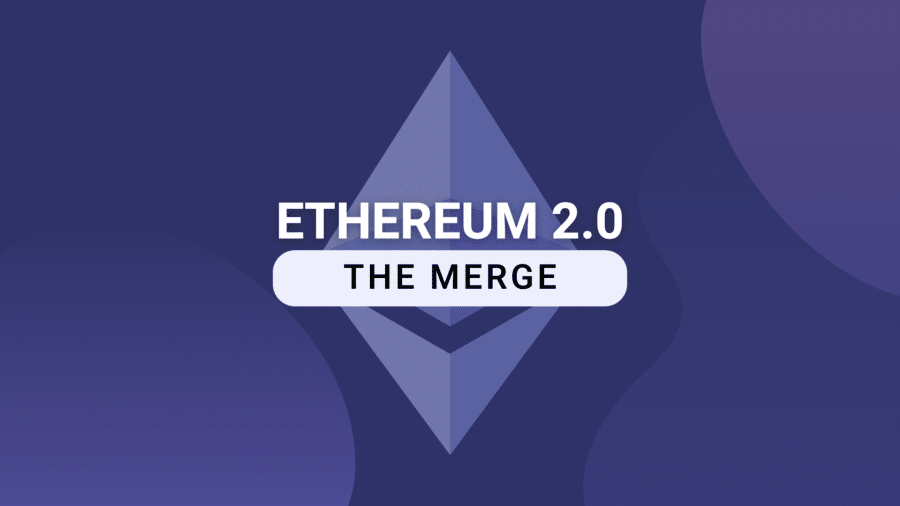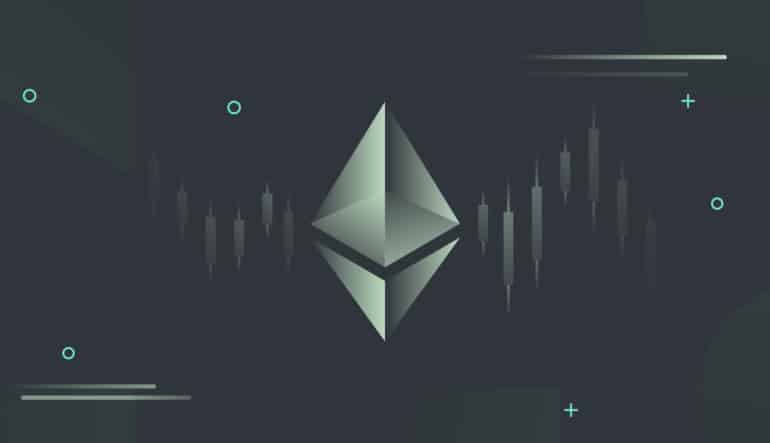The launch of Ethereum 2.0 in the wake of the now-iconic ‘Merge’ is widely regarded as one of the most significant and much-awaited happenings inside the web3 ecosystem. The Ethereum blockchain, responsible for driving innovation in the cryptocurrency ecosystem, has received an update in The Merge.
As a result of the Ethereum Merge, the Ethereum security mechanism has been changed from proof-of-work (PoW) to proof-of-stake (PoS). This change, in turn, has had a significant influence on the crypto economics of the blockchain and has numerous vital repercussions for the cryptocurrency market.
It is essential to understand what Ethereum Merge really is and why Ethereum changed from PoW to PoS before diving into its outcomes.
What is PoS?
The blockchain will undergo a shift from a proof-of-work (PoW) paradigm to a proof-of-stake (PoS) one as a result of the integration. Both of these are examples of algorithms used to facilitate the addition of new bitcoin transactions by users and the maintenance of a record of those transactions on a blockchain network.
For transactions to be verified, the present proof-of-work paradigm necessitates using enormous quantities of electricity by computers that compete to find solutions to challenging mathematical problems. On the other side, to implement proof of stake, users are expected to have some kind of “stake” in the blockchain, as the name suggests.
This indicates that users of Ethereum will need to make a relatively substantial expenditure to verify transactions at the beginning of the process. On the other hand, it is anticipated that this type will use a great deal less energy.
What Was the Need for the Ethereum Merge?
The financial network that focuses on market research was upgraded to address concerns about its environmental effect and significantly increase transaction speed, among other changes.
Even though there are numerous factors that might affect the price of ETH, switching to proof-of-stake is predicted to cut the amount of ETH released every block by around 80%. Additionally, it will make transactions more affordable and efficient, which can raise demand across the Ethereum network.
Experts have also said that the merger may increase the value of ethereum, which, like bitcoin, is now experiencing difficulties due to wider economic unrest. Ethereum’s core developers set the TTD at 58,750,000,000,000,000,000,000 in August, and it will be achieved somewhere between September 14 and 15. The difficulty and rate of issuance of blocks change over time, so we can only give an approximation.
The Outcomes Of Ethereum Merge
Fees
It is not anticipated that Ethereum transaction costs will adjust as a result of the Merge. Ethereum’s network costs might be lowered in the future by danksharding and proto-danksharding, but these changes are not expected until at least 2023.
A roll-up network, such as Arbitrum or Optimism, packages and executes transactions independent of Ethereum’s mainnet. As a result of these rollups, Ethereum is able to solve its transaction fee problems.
Environmental
This integration is expected to make blockchains more energy-efficient, as previously indicated. For example, Ethereum’s website reports that its current carbon emissions are the same as those of Singapore, and its overall energy usage is similar to that of the Netherlands.
According to estimates, the merger will reduce Ethereum’s carbon footprint by more than 99%, which may make the platform more attractive to environmentally conscious investors.
Investors
Although it’s hard to determine for sure, some analysts claim there is potential gain for ethereum investors. While some predict a rise in Ethereum’s price to above $10,000, others are still negative. However, the Ethereum platform changes are still hypothetical as investors and businesses develop their technology on it.
The merger shouldn’t have any impact on your long-term investing plan if anything. It will take some time for everything to come into place, and during this period, other variables like increased regulation may have an impact on ethereum and other cryptocurrencies. Use this time to analyze your risk tolerance for cryptocurrency and to improve your understanding of blockchain technology.
Due to the newness and speculative nature of cryptocurrencies, experts advise keeping less than 5% of your portfolio in this asset class. As with any investment, never risk more than you could afford to lose.
Transaction Speed
An Ethereum block is generated around every 13 or 14 seconds using the current proof-of-work technique (PoW). Proof-of-stake (PoS) blocks will be generated at consistent intervals of 12 seconds following the completion of the merging.
Those improvements will hardly be noticeable to most of the Ethereum community. However, it keeps Ethereum behind other blockchain networks such as Solana and Avalanche (although well ahead of Bitcoin, where a new block is mined every 10 minutes on average).
Businesses and Consumers
For owners of Ethereum, the switch to Ethereum 2.0 is advantageous. Users will pay less for transactions thanks to the changes made by Ethereum 2.0, which will also enable holders with the required amount of ETH to stake their currencies in the network and take on the role of validators. Additionally, applications currently running on the Ethereum network may easily switch to Ethereum 2.0 without sacrificing any transaction history or data.
With the introduction of Ethereum 2.0, the PoW mining method will be replaced with staking. As a consequence, mining as we now know it will become obsolete, and miners will have to move to stake to verify transactions for block rewards and transaction fees.
Price Of Ethereum
Because so many factors and aspects still need to be solved, it is hard to forecast what the Merge will do to the price of Ethereum’s tokens. However, the Ethereum community has been touting the Merge as a significant advancement to the underlying technology of the Ethereum network for many years.
In addition to resolving concerns over the network’s influence on the environment, Proof of Stake will also create a new kind of value for Ethereum’s native ether (ETH) currency in the form of staking. This new type of utility will be called staking.
However, there is no assurance that the Merge will cause an increase in the price of ETH. Alterations will also be made to the pace at which ether is issued and how it is distributed due to the Merge. Depending on who you ask, these shifts might have either a beneficial or a bad impact on the world.
There is also the possibility, although remote, that the Merge may not be successful or that PoS will turn out to be less secure than PoW. Additionally, there is the hypothesis that the market has already factored in the Merge price.
The Security
According to Gorbunov, the merger will make Ethereum much safer. For example, after the integration, it would cost around $55,000 or 33 ETH to make the first investment needed to verify transactions on the blockchain.
Everyone would have to pay that price to get access to the network in the first place, even hackers. However, that barrier is anticipated to make Ethereum safer.
But hackers will always be able to exploit the blockchain. Due to the network’s core architectural change after the merger, Ethereum’s susceptibilities could alter, but security concerns will always exist. Cybersecurity risk is never secondary.
Like many cryptocurrencies, Ether is a highly volatile investment with unexpected value swings and no assurance of financial success. As a result, experts advise putting less money into these kinds of investments than you are ready to lose.
Yield and Mining
If the holder bets their Ethereum on the network after the merging, it will provide an annual income of between 4% and 6%. Furthermore, since the proof-of-stake (PoS) model encourages honest validators and tries to punish dishonest validators and their delegators, by using Ethereum, the network will expand and become more secure.
Conclusion
When everything is said and done, The Merge proves to be a success for Ethereum. It will enable new blockchain-based developments and open up a whole new world for decentralized apps and industrial use cases. A fascinating aspect of these developments is that everyone may use them, which was not possible with Web2.0.
***





